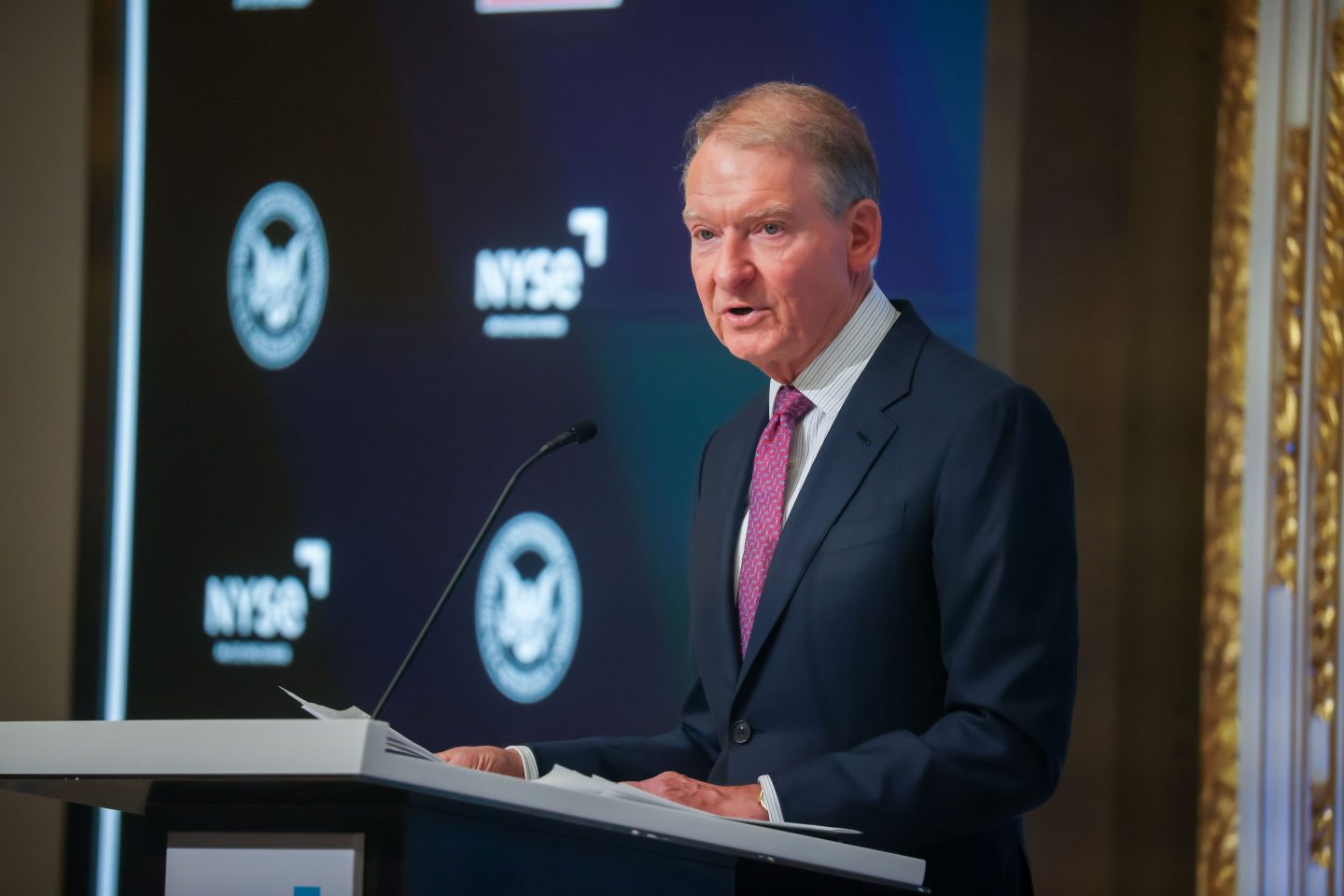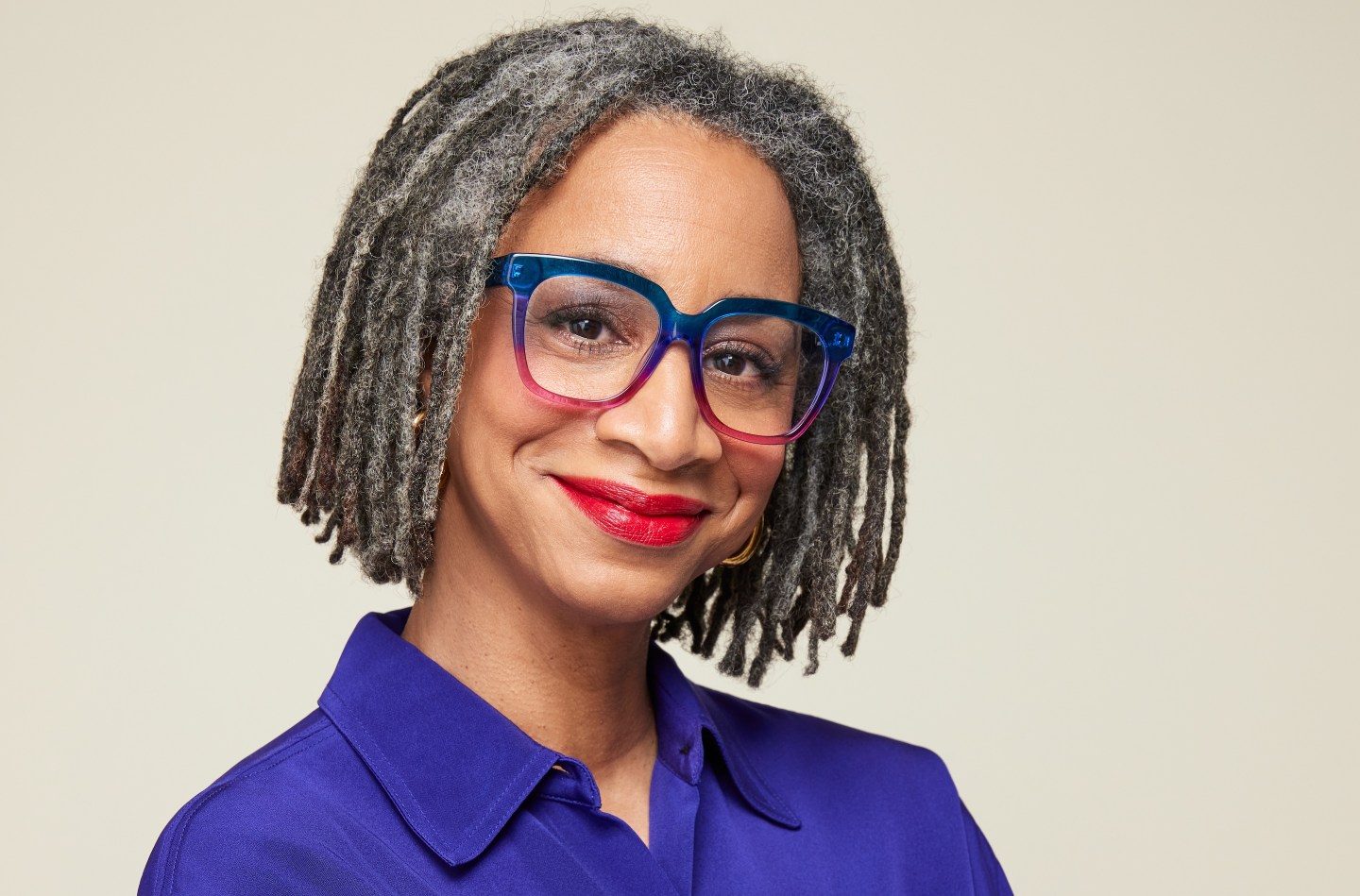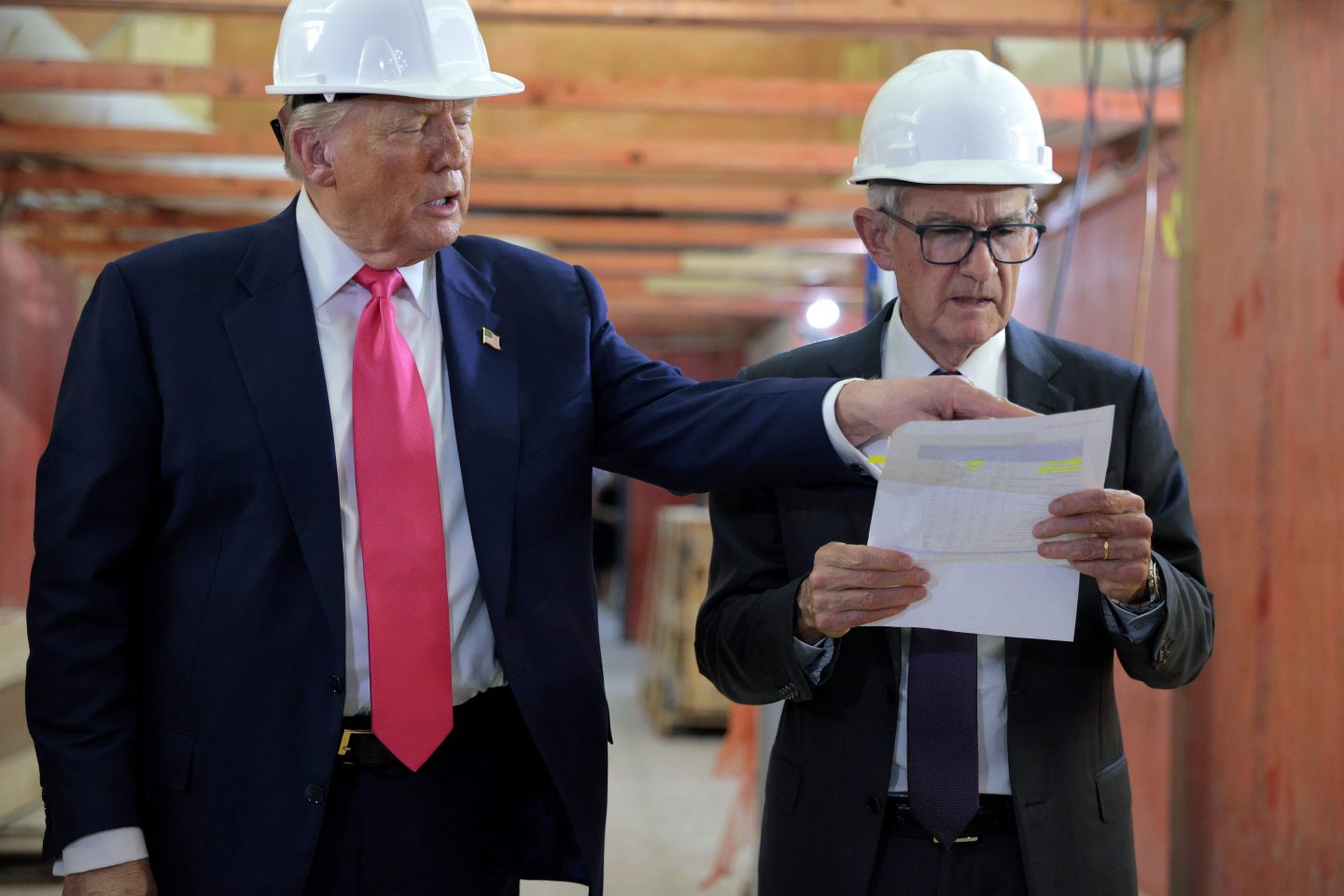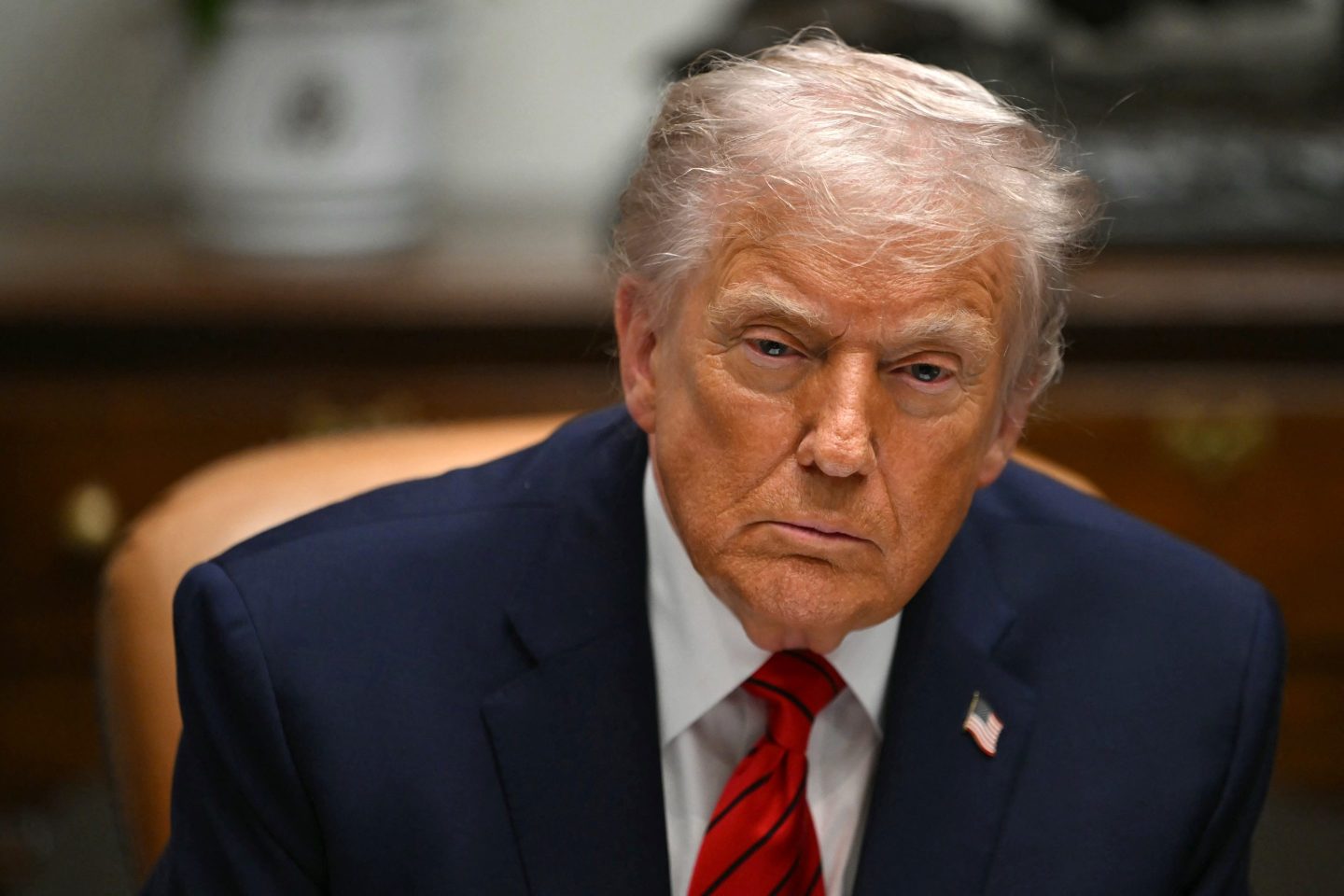Good morning. I’ve been writing about CFOs who have reached the chief executive seat. However, many finance chiefs are still experiencing some obstacles along the way to the top spot, including one that’s fueled by an image issue.
I had a conversation with James Stark, consultant in the CFO and audit chair practice at Egon Zehnder, a leadership advisory firm. Sixty percent of CFOs want to be CEOs, and seven in 10 say they are ready to become a chief executive now, according to the firm’s recent survey of 581 CFOs worldwide. But just wanting the position is not enough, of course. CFOs must also overcome some real obstacles to make it to the top job. The most cited of these was networking and visibility (46%), followed by customer and market knowledge (30%), and operational experience (25%).
The broad concern over networking and visibility is an interesting finding, Stark observed, since CFOs already have a fairly visible role on earnings calls and in board meetings. “Some stakeholders may pigeonhole them as finance chiefs only,” he said. And they may not have insight into their operational and broader leadership capabilities, he added.
“About 20 or 15 years ago, the archetype of the standard CFO was much more of the accounting leader,” Stark said. “While there’s still that element of the role now, it’s much more kind of a forward-looking business partner.” But you could have an audit committee chair, for example, who was the former CFO archetype during their career, so they view the company’s finance chief in that same manner, he explained. “As that role evolves, perceptions may not catch up as quickly,” Stark said.
Last week, I talked with Tony Grimminck, who joined the tech company Scribd, Inc., as a CFO in 2019, and he’s now the CEO. “The CFO role has been transitioning to becoming more like a strategic leader versus you’re just the numbers person,” he told me. Along with understanding the financials and devising paths for growth, CFOs nowadays are more involved in operations and managing talent, which helps when they move into CEO spots, he said.
Stark also said CFOs who “manage by walking around” and not staying in the office can make a difference in perception. But it also comes down to having an advocate—the current CEO.
“I’ve talked to some pretty big CFOs in the last few weeks, who discussed how their CEO is helping them along that path,” Stark said. They’re giving them additional responsibilities outside of finance like procurement, supply chain, or even IT. Or the CFO takes on the P&L. “These are ways to make the board more aware of the CFO’s potential as a CEO succession candidate,” he added.
CFOs can’t change how their job is perceived overnight. “You’re not going to go around tooting your own horn,” Stark said. “You have to be smart and diplomatic about it.” But take the opportunities to make sure people “do see you as that operational co-pilot of the organization along with the CEO,” he said.
Sheryl Estrada
sheryl.estrada@fortune.com
María Soledad Davila Calero curated the Leaderboard and Overheard sections of today’s newsletter.
Leaderboard
Tiago Azevedo was named CFO at Rappi, the Latin American delivery service app backed by Soft-bank. Azevedo was formally finance chief for the Brazil divisions of MercadoLibre Inc. and The Hershey Company. His appointment at Rappi is a key step for the startup to enter the public markets, according to reports.
David Perez was appointed CFO at Rubix Food, a provider of flavors and ingredients for restaurants and manufacturers. Perez already held a relationship with the company, working with them for the past year as a financial consultant and was previously CFO and CIO of Red Collar Pet Foods. Outgoing CFO Bill Block is transitioning to the role of chief support officer.
Big deal
In March, there were 59 new U.S. corporate bankruptcy filings, up from 48 in February as companies continue to battle high interest rates and lingering operational challenges, according to a new S&P Global Market Intelligence report. There were 142 bankruptcies by the end of the first quarter of 2024, which is less than 175 in Q1 of 2023. However, the research finds that Q1 2024 bankruptcies are above the comparable totals for much of the past decade.
“With corporate borrowing under pressure, bankruptcy cases have steadily increased since the beginning of the year and are likely to remain elevated as expectations of near-term rate cuts appear increasingly improbable,” according to the report.

Going deeper
The 2024 Broadridge Digital Transformation and Next-Gen Technology Study offers insight into five trends that are defining today’s complex financial services environment. The study also explores emerging areas, such as GenAI, that are requiring greater attention from executives to harness new opportunities.
Forty-four percent of companies designated as “leaders” in the digital transformation process are making moderate to large investments in GenAI, which is more than twice the level of non-leaders.
Another key finding is 40% of executives said being “customer obsessed,” with priorities deeply rooted in client needs was the top accelerator of digital transformation.
The findings are based on 500 C-level and senior executives in 18 countries, representing firms across the financial services spectrum. Their average total estimated assets/assets under management was $122 billion.
Overheard
“What I’ve noticed since we’ve gotten people back in the office at least three times a week is that the collaboration is much better.”
—Amazon CEO Andy Jassy said in an interview with CNBC. Keeping with a traditional view of the in-person work dynamic, Jassy also expressed reluctance for the four-day work week.
This is the web version of CFO Daily, a newsletter on the trends and individuals shaping corporate finance. Sign up for free.













